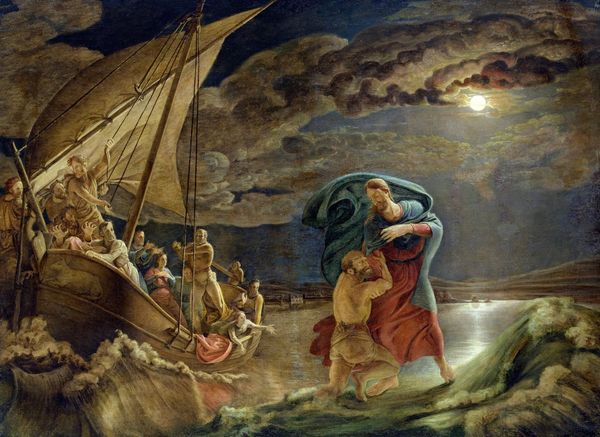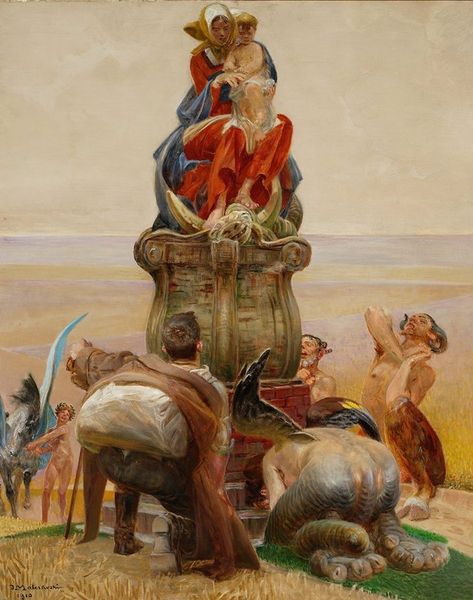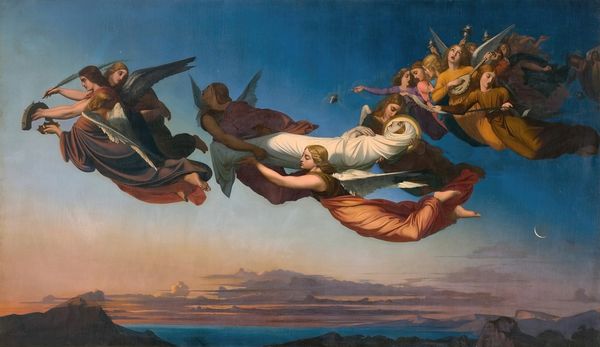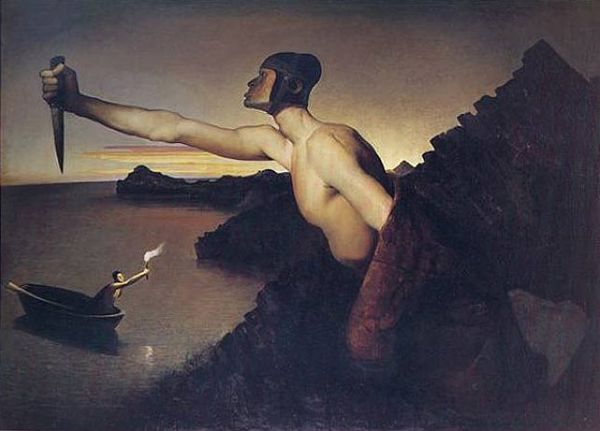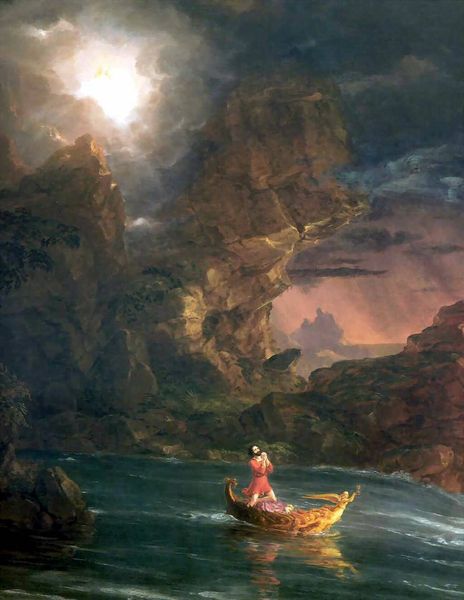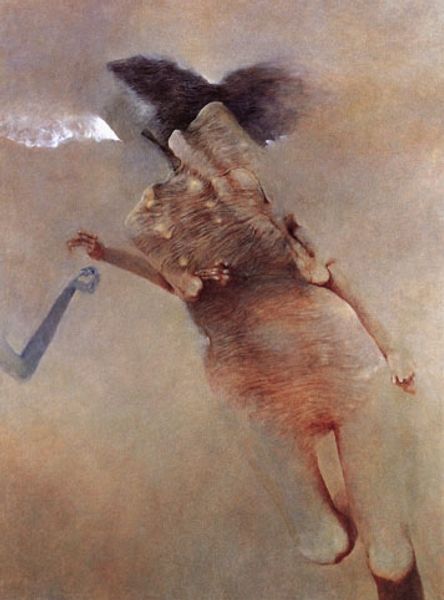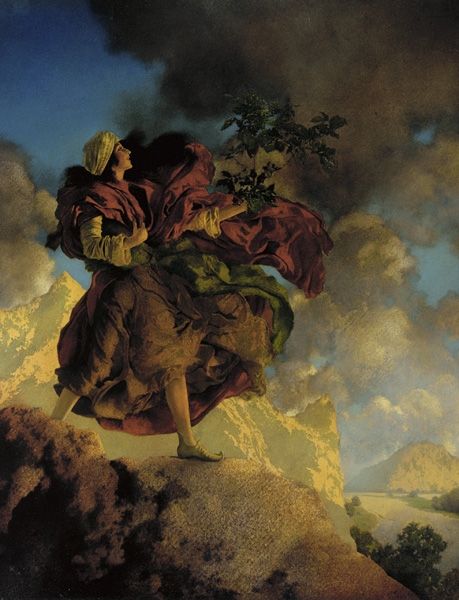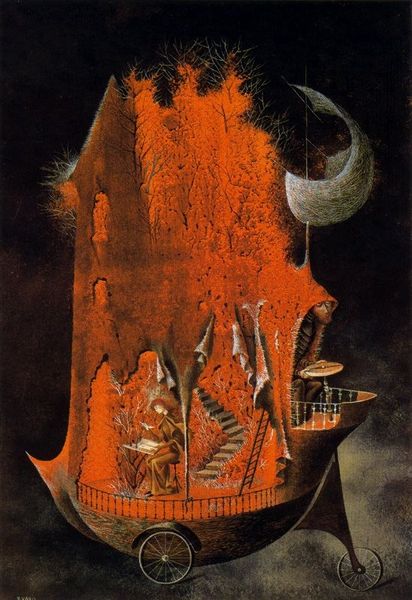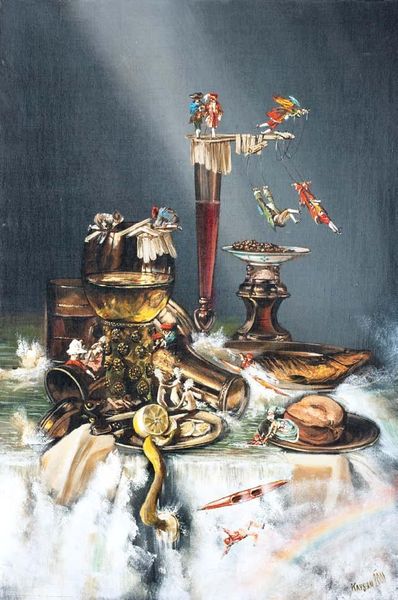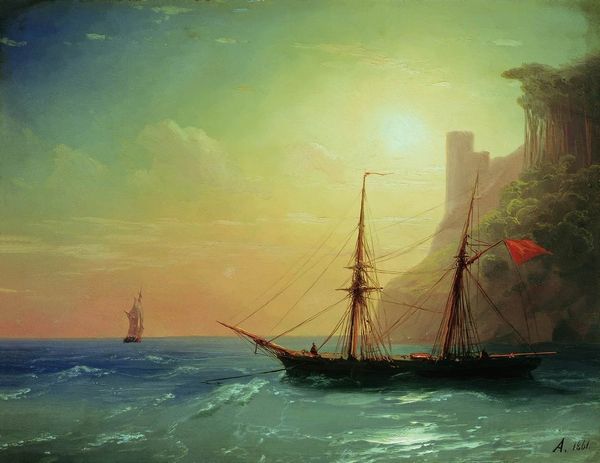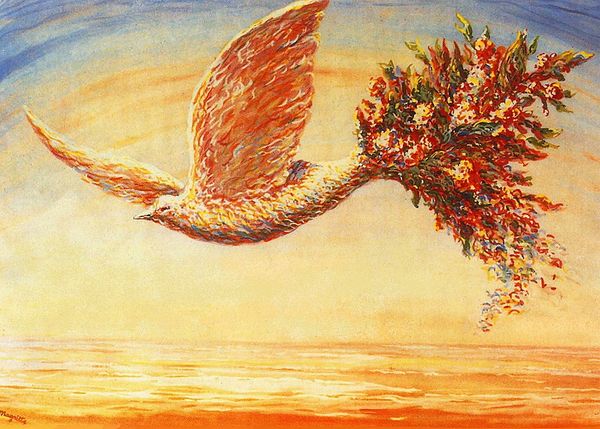
oil-paint
#
allegories
#
allegory
#
fantasy art
#
oil-paint
#
fantasy-art
#
figuration
#
oil painting
#
genre-painting
#
history-painting
#
academic-art
Copyright: Public domain
Editor: This is a potent oil painting titled "The Day of Judgement," likely created by Jean-Léon Gérôme. It shows a scale with what appears to be a Middle Eastern ruler sitting atop a pile of skulls on one side, balanced against what looks like a single slain animal on the other. There's a massive eye looming in the background. It feels overtly symbolic. What do you see in this piece? Curator: This work, presented under the title "The Day of Judgement," is an incredibly provocative piece ripe for deconstruction, particularly given Gérôme's Orientalist tendencies. The visual language, the weighing of what seems to be an Eastern potentate against an animal sacrifice, practically screams for us to interrogate the artist's assumptions about power, value, and the 'Other.' Consider: what does it mean to portray justice—traditionally blind—with such loaded imagery? Editor: It’s interesting you bring up the theme of “othering.” So, you're suggesting the artist may be commenting on a perceived imbalance of justice between different cultures or power structures? Curator: Exactly. The power dynamic isn’t subtle. It forces us to ask, whose judgement are we witnessing? Who gets to define morality, and what historical narratives shape that definition? Gérôme gives us the components but makes us decide. Editor: It’s disturbing and thought-provoking. Is this perhaps a reflection of Western anxieties and dominance at the time? Curator: Absolutely. Paintings such as this one acted as cultural artifacts justifying colonial power through skewed visual narratives. So, where are we with thinking about whose scales of justice we're looking at? Editor: Thinking about that changes the image completely! It reframes the whole concept of justice as inherently biased, reflecting specific agendas. I hadn't considered that. Thank you. Curator: It’s crucial to view these pieces critically. Always ask: who is the subject and who holds the power to make claims about the other? We must analyze rather than accept this work to contextualize its significance and impact.
Comments
No comments
Be the first to comment and join the conversation on the ultimate creative platform.
